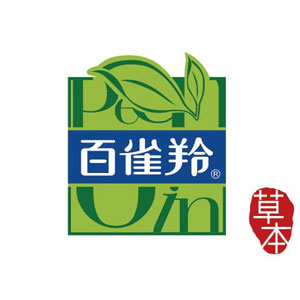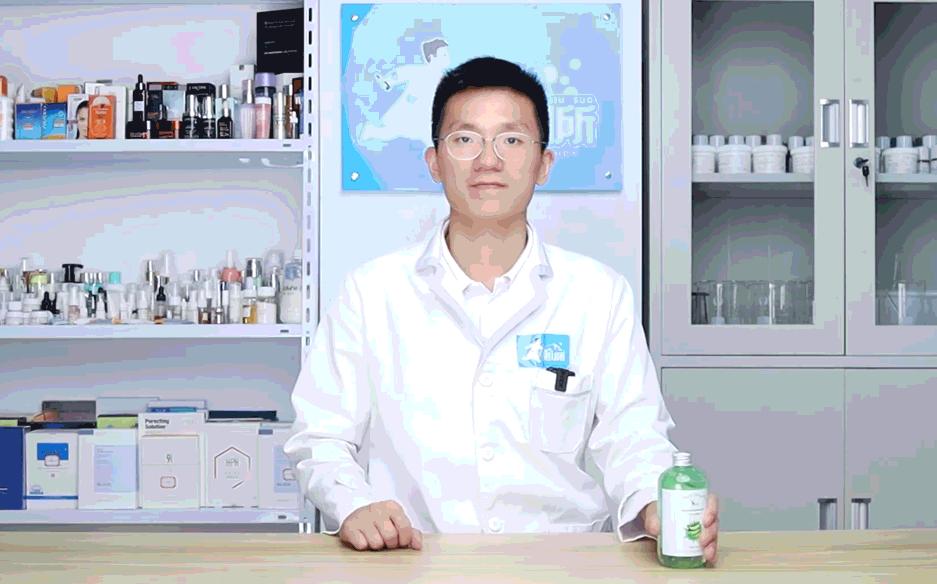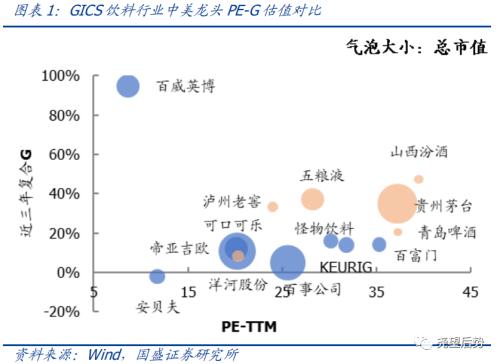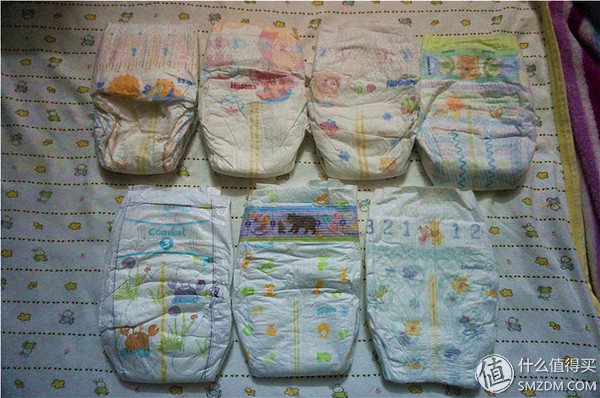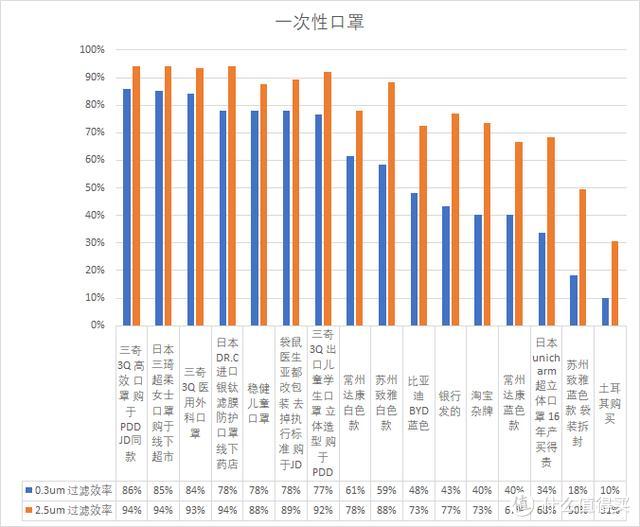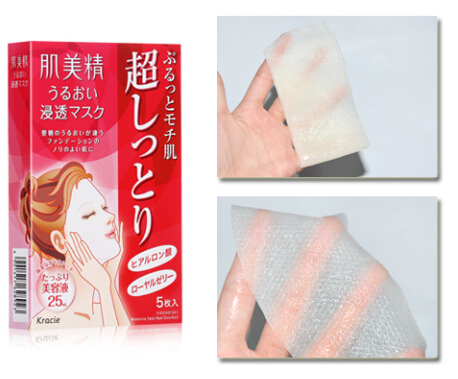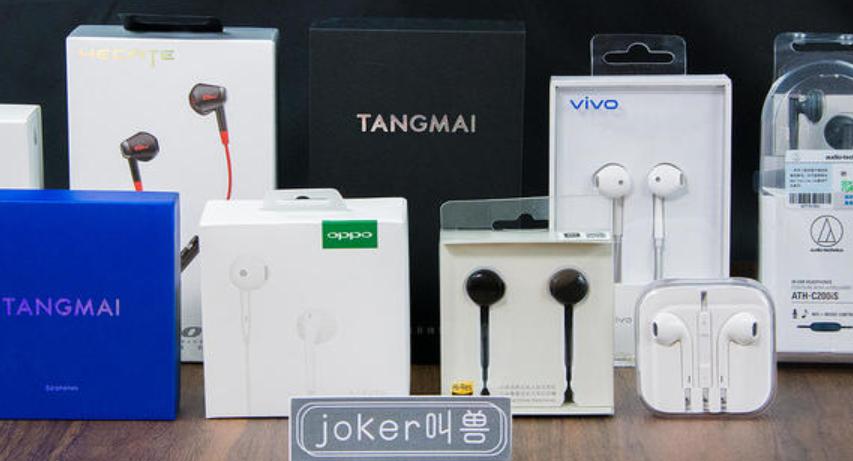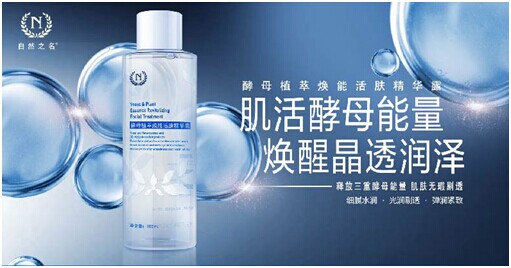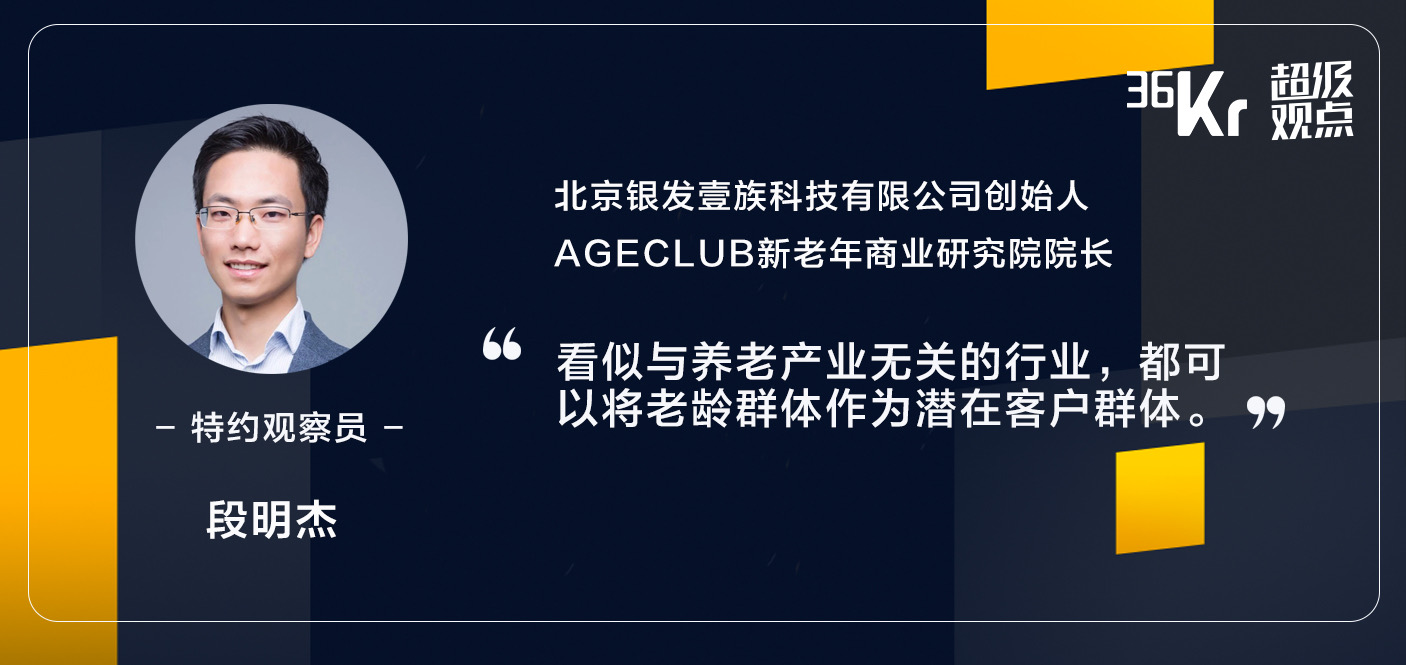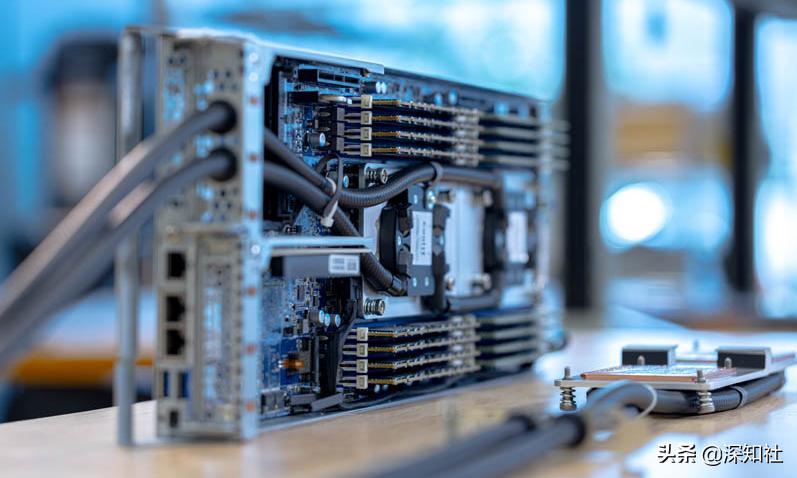
液冷如何助力企业应对高性能计算的制冷挑战
How liquid cooling can help organizations overcome high performance computing-related infrastructure challenges
Fred Rebarber, Vertiv
Fred Rebarber is Technical Business Development Manager at Vertiv
译 者 说
在零碳要求及数据量大爆发的时代,面对单机柜功率密度不断升到,液冷或许是数据中心制冷的最终归宿,没有其他选择。
液体冷却有很多种形式,但是哪种形式适合你呢?Vertiv技术总监Fred Rebarber解释了不同的选择。
Liquid cooling comes in a number of forms, but which is right for you? Vertiv technical director Fred Rebarber explains the different options.
March 23, 2022
从新冠开始两年以来,为了维持我们日常生活的功能,数据中心行业见证了所有行业对数字需求的空前繁荣。例如,在医疗保健领域,远程医疗访问增加了63倍,从2019年的84万人次增至2020年的5270万人次。
Two years removed from the beginning of the pandemic, the data center industry has seen an unprecedented boom in digital demand across all industries in order to maintain the functions of our day-to-day lives. In healthcare, for example, telehealth visits increased 63-fold, from 840,000 in 2019 to 52.7 million in 2020.
根据Gartner的数据,到2022年,终端用户在公共云服务上的支出预计将达到4820亿美元,在《哈佛商业评论》的一项调查中,86%的受访者表示,人工智能(AI)已经成为他们公司的主流技术,67%的人预计到2021年将加快人工智能的应用。根据Gartner的数据,到2022年,终端用户在公共云服务上的支出预计将达到4820亿美元。在《哈佛商业评论》的一项调查中,86%的受访者表示,人工智能(AI)已经成为他们公司的主流技术,67%的人预计到2021年将加快人工智能的应用。这些服务一如既往地重要,但它们只是触及了未来网络复杂性的表面。
According to Gartner, end-user spending on public cloud services is slated to reach $482 billion in 2022. In a Harvard Business Review survey, 86 percent of respondents said that artificial intelligence (AI) has become a mainstream technology at their organization, and 67 percent expected to accelerate AI adoption in 2021. These services continue to be as essential as ever, and they only scratch the surface for what’s to come in terms of network complexity.
随着当今网络越来越复杂、越来越分散,增强现实和虚拟现实应用越来越突出,对实时计算和决策的需求变得更加迫切。这种实时需求对延迟很敏感,在越来越常见的企业、公共和私有云、托管和边缘的混合模型下,全职人工管理变得越来越困难。
As today’s networks get more complicated and more distributed, and the augmented and virtual reality applications become more prominent, the need for real-time computing and decision-making becomes more critical. This real-time need is sensitive to latencies, and under the increasingly common hybrid model of enterprise, public and private clouds, colocation, and edge, full-time manual management has become increasingly difficult.
因此,人工智能和机器学习(ML)对于优化这些网络的性能和为更多远程监控解决方案让路至关重要。5G的持续推出增加了我们的数字需求,5G的速度有望比其前身4G快500%,企业竞相从其2022年232亿美元的预计收入中分一杯羹。
Therefore, AI and machine learning (ML) will be critical to optimizing the performance of these networks and making way for more remote monitoring solutions. Adding to our digital demand is the continued rollout of 5G, which promises to be 500 percent faster than its 4G predecessor and has businesses racing to get a piece of its $23.2 billion in projected revenue for 2022.
这些进步不可避免地要付出代价——计算和热密度的增加。高性能计算(HPC)快速发展,支持AI、ML、5G,解决了众多企业业务挑战。对于许多数据中心运营商来说,这将很快产生高密度机柜和数据中心的需求,这将需要基础设施的改变来冷却这些关键系统。
These advances inevitably come at a price – in the form of increased computing and heat densities. High performance computing (HPC) has rapidly accelerated to support AI, ML, and 5G, and it solves numerous enterprise business challenges. For many data center operators, this will soon create the necessity for high density cabinets and data centers that will require infrastructure changes to cool these critical systems.
当机架密度接近和超过30千瓦(kW),对于风冷系统来说,无论如何优化,制冷能力可能是不够的。尽管空气冷却在有效地解决密度上升方面有相当大的发展,但在某一点上,空气根本不具备为高密度机架提供足够冷却所需的热传导特性。忽视这些限制的组织应该预见到更高的能源成本,性能降低,并延迟实现。
As rack densities approach and exceed 30 kilowatts (kW), air cooling systems may not be sufficient, no matter how the system is optimized. Despite air cooling’s considerable evolution to address rising densities efficiently, there is a point at which air simply does not have the thermal transfer properties required to provide sufficient cooling to high-density racks. Organizations who ignore these limitations should anticipate higher energy costs, reduced performance and, eventually, delayed implementations.
风冷最可行的替代方案是为机架提供液冷。液冷利用水或其他液体更高的热传递特性,为高密度机架提供高效、经济的冷却。液体冷却有多种配置,使用不同的技术,包括冷板换热、喷淋式冷却和浸没式冷却。
The most viable alternative to air cooling is bringing liquid cooling to the rack. Liquid cooling leverages the higher thermal transfer properties of water or other fluids to support efficient and cost-effective cooling of high-density racks. Liquid cooling is available in a variety of configurations that use different technologies, including rear-door heat exchangers, direct-to-chip cooling, and immersion cooling.
风冷最可行的替代方案是将液冷引入机架
The most viable alternative to air cooling is
bringing liquid cooling to the rack
虽然液冷通常被认为在测试阶段,距离推广应用还需几年的时间,但像Open19 Foundation和 Open Compute Project这样汇聚行业领袖的协会,仍然合作研究液冷以应对计算密度持续增长带来的挑战。通过这些合作,行业领导者取得了巨大的进步,并开发了几款产品,帮助液冷技术成为广大用户更认可的解决方案。
While liquid cooling is often regarded as a niche application that is years away from mainstream adoption, technology think tanks such as the Open19 Foundation and the Open Compute Project bring together industry leaders to address the challenges presented by continued increases in compute density. Through these collaborations, industry leaders have made great advances and developed several products that help make liquid cooling technology a viable solution for a broader audience.
简而言之,液冷是这样工作的:冷却液体循环到嵌入在IT设备中的冷板热交换器。这提供了有效的冷却,因为冷却介质直接进入IT设备,而不是冷却整个空间。它的效率是空气的3000倍,使密集放置在机架中的中央处理单元(CPU)和图形处理单元(GPU)能够在其最大电压和时钟频率下连续工作,而不会过热。
In simplified terms, here is how liquid cooling works: A cool liquid is circulated to cold-plate heat exchangers embedded in the IT equipment. This provides efficient cooling, since the cooling medium goes directly to the IT equipment rather than cooling the entire space. It can be up to 3,000 times more effective than using air, enabling the central processing units (CPUs) and graphics processing units (GPUs) in densely packed racks to operate continuously at their maximum voltage and clock frequency without overheating.
再加上减少或消除了在数据中心和服务器之间传送空气所需的风扇,可以为液冷数据中心节省大量能源。此外,液体冷却所需的泵比完成相同冷却所需的风扇消耗更少的电力。
This, combined with the reduction or elimination of fans required to move air across the data center and through servers, can create significant energy savings for liquid-cooled data centers. Additionally, the pumps required for liquid cooling consume less power than the fans needed to accomplish the same cooling.
背板式液冷是一项成熟的技术,它不直接将液体带入服务器,但利用了液体的高传热特性。
Rear-door heat exchangers are a mature technology that doesn’t bring liquid directly to the server but does utilize the high thermal transfer properties of liquid.
液体冷却的类型
Types of liquid cooling
背板式液冷是一项成熟的技术,它不直接将液体带入服务器,但利用了液体的高传热特性。在被动式背板热交换器中,在机架后门处安装充液盘管,当服务器风扇将加热的空气通过机架时,盘管吸收了进入数据中心前的热量。在切实的设计中,集成在机组中的风扇将空气通过盘管来提高热性能。
Rear-door heat exchangers are a mature technology that doesn’t bring liquid directly to the server but does utilize the high thermal transfer properties of liquid. In a passive rear-door heat exchanger, a liquid-filled coil is installed in place of the rear door of the rack, and as server fans move heated air through the rack, the coil absorbs the heat before the air enters the data center. In an active design, fans integrated into the unit pull air through the coils for enhanced thermal performance.
在直接到芯片的液体冷却中,冷板位于服务器的主要发热部件之上,通过单相或两相过程散热。单相冷板使用循环进入冷板的冷却液来吸收服务器部件的热量。在两相过程中,低压介质液体流入蒸发器,服务器部件产生的热量使液体沸腾。热量从蒸发器作为蒸汽释放,并将热量转移到机架外面。
In direct-to-chip liquid cooling, cold plates sit atop a server’s main heat-generating components to draw off heat through a single-phase or two-phase process. Single-phase cold plates use a cooling fluid looped into the cold plate to absorb heat from server components. In the two-phase process, a low-pressure dielectric liquid flows into evaporators, and the heat generated by server components boils the fluid. The heat is released from the evaporator as vapor and transferred outside the rack for heat rejection.
在浸没式冷却系统中,服务器和机架中的其他部件被浸入导热介质液体或流体中。
With immersion cooling, servers and other components in the rack are submerged in a thermally conductive dielectric liquid or fluid.
采用浸没式冷却,服务器和机架中的其他部件被浸入导热介质液体或流体中。在单相浸没系统中,热量通过直接接触服务器部件转移到冷却剂中,然后通过浸没罐外的热交换器将其移除。在两相浸没冷却中,介质流体被设计成具有特定的沸点,可以保护IT设备,但可以有效地散热。来自服务器的热量改变了流体的相位,上升的蒸汽通过位于容器顶部的盘管凝结成液体。
With immersion cooling, servers and other components in the rack are submerged in a thermally conductive dielectric liquid or fluid. In single-phase immersion systems, heat is transferred to a coolant via direct contact with server components and removed by heat exchangers outside the immersion tank. In two-phase immersion cooling, the dielectric fluid is engineered to have a specific boiling point that protects IT equipment but enables efficient heat removal. Heat from the servers changes the phase of the fluid, and the rising vapor is condensed back to liquid by coils located at the top of the tank.
液冷作为持续成功的路线图
Liquid cooling as a roadmap for continued success
如果一个组织计划使用液冷来支持新的与高性能计算相关的基础设施需求和挑战,那么除了效率和可靠性之外,还有其他一些优势。这些优势包括:
If an organization plans to use liquid cooling to support new HPC-related infrastructure requirements and challenges, there are several other benefits beyond efficiency and reliability. Those benefits include:
提高性能:液冷系统不仅可以实现预期的可靠性,还可以提供IT性能优势。当处理器外壳温度接近最高安全操作温度时(风冷很可能会发生这种情况),处理器性能将被抑制,以避免热失控。Improved performance: A liquid cooling system will not only enable the desired reliability, but also deliver IT performance benefits. As processor case temperatures approach the maximum safe operating temperature, as is likely to occur with air cooling, processor performance is throttled back to avoid thermal runaway.可持续性:液冷不仅可以降低数据中心的能源消耗,并将电力使用效率(PUE)降低到接近1.0,它还提供了一种更有效的方法,可以重新利用捕获的热量,以减少对建筑供热系统的需求。该系统的回水温度可以达到140华氏度(60摄氏度)或更高,液-液传热比空气系统更有效。Sustainability: Not only does liquid cooling create opportunities to reduce data center energy consumption and drive power usage effectiveness (PUE) down to near 1.0, it provides a more effective approach for re-purposing captured heat to reduce the demand on building heating systems. The return-water temperature from the systems can be 140 degrees Fahrenheit (60 degrees Celsius) or higher and the liquid-to-liquid heat transfer is more efficient than is possible with air-based systems.最大限度地利用空间:液体冷却的密度允许设施更好地利用现有的数据中心空间,无需扩展或新建,或建造占地面积更小的设施。它还支持物理空间有限的处理密集型边缘应用程序。Maximize space utilization: The density enabled by liquid cooling allows a facility to better use existing data center space, eliminating the need for expansions or new construction, or to build smaller-footprint facilities. It also enables processing-intensive edge applications to be supported where physical space is limited.降低总拥有成本(TCO):在《数据中心中的液冷IT设备》报告中:关于TCO,ASHRAE对风冷式数据中心和混合(空气和液体冷却的数据中心)模型进行了详细的拥有成本分析发现,许多变量会影响TCO,“液体冷却可以通过提高密度、增加自由冷却的使用、提高性能和提高每瓦性能来改善TCO。Lower total cost of ownership (TCO): In the report Liquid-Cooled IT Equipment in Data Centers: Total Cost of Ownership, ASHRAE conducted a detailed cost of ownership analysis of air-cooled data centers versus a hybrid (air and liquid cooled data centers) model and found that, while a number of variables can influence TCO, “liquid cooling creates the possibility for improved TCO through higher density, increased use of free cooling, improved performance and improved performance per watt.”行业领导者面对处理机架密度逐渐增高的挑战时,可能是时候认识到风冷的限制,并考虑使用液体冷却,以帮助满足能源和可持续发展的目标。对于那些部署极高密度机架(大于30kw)的设备,可能没有其他选择。
For organization leaders dealing with the challenges of increasing rack densities, it may be time to recognize the limits of air cooling and consider using liquid cooling to help meet energy and sustainability goals. For those deploying extremely high-density racks (greater than 30 kW), there may be no other choice.
深知社
翻译:
李要铭
嘉兴银行数据中心基础设施主管
DKV(DeepKnowledge Volunteer)计划精英成员
公众号声明:
本文来源于DCD,并非官方认可的中文版本,仅供读者学习参考,不得用于任何商业用途,文章内容请以英文原版为准(英文原版请点击“阅读原文”),本文不代表深知社观点。中文版未经公众号DeepKnowledge书面授权,请勿转载。
版权声明:CosMeDna所有作品(图文、音视频)均由用户自行上传分享,仅供网友学习交流。若您的权利被侵害,请联系删除!
本文链接://www.cosmedna.com/article/682964815.html




